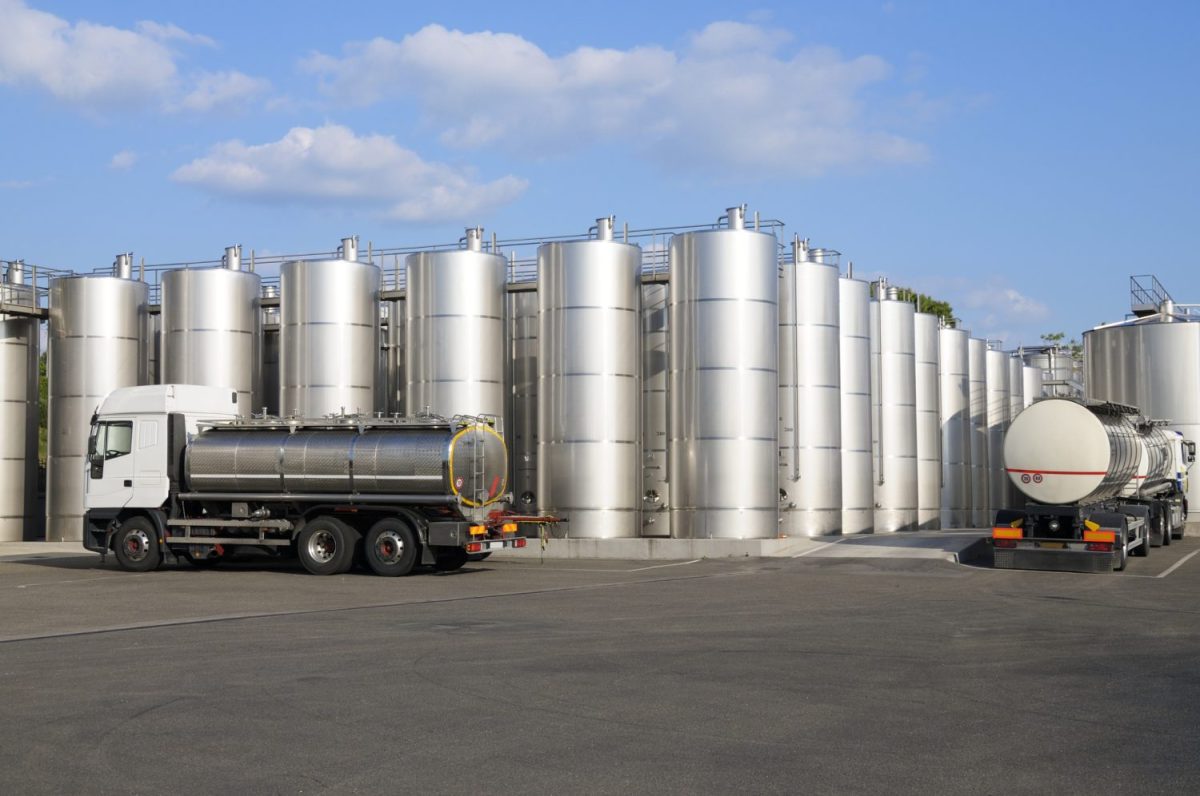According to Wine Australia’s December 2022 Export Report, conditions in the market remain difficult for Aussie wineries, despite the easing of shipping problems.
The mixed picture is demonstrated by the volume versus value figures reported by Wine Australia. In the year ending 31 December 2022, Australian wine exports increased slightly in volume, by one per cent to 623m litres, while value declined by four per cent to $1.94b.
Wine Australia stated that shipments of unpackaged wine to the US and Canada partly accounted for this increase in volume relative to value, as it becomes easier to ship larger quantities of wine around the globe.
Peter Bailey, Market Insights Manager for Wine Australia, highlighted the growth of unpackaged wine shipping as indicative of the improvements in the logistics landscape.
“It was pleasing to see positive signs of improvements emerging in shipping conditions in some markets, noting delays are still being reported along certain trade routes,” Bailey said.
“Shipments of 2021 and 2022 vintage wines had been largely delayed due to the shipping challenges, particularly unpackaged shipments. As these conditions eased in the latter half of 2022 in some regions, Australian wine producers were finally able to ship their products to customers overseas.
“This increase in the share of unpackaged wine shipments contributed to the decline in the total value of exports, as unpackaged wine is shipped at a lower average free-on-board value because packaging costs are excluded.”
During the reporting period, exporters shipped to 120 destinations around the world, an increase of eight on the year before – and the highest number since the pandemic began in late 2019.
A bright point was provided by the growth in the value of exports in Southeast Asia, which rose by 16 per cent over the last year, reaching $305m.
Bailey explained how this rise helped balance the scales against contractions in other markets.
“Increases in the value of exports to Thailand, Malaysia, and Canada offset declines in value to Singapore, Hong Kong, and the US,” the Markets Insight Manager said.
Nevertheless, a decline in exports to the UK has wiped out any gains, as Bailey explains.
“However, decreased shipments to the United Kingdom (UK) in the second half of 2022, were greater than the increase in overall value to other markets.
“This drop was anticipated, as Australia experienced two years of elevated shipments as a result of Brexit deadlines and increased demand for wine in the off-trade (supermarkets and bottle shops) during the COVID-19 pandemic when many on-trade businesses were closed.”
Australian wine continues to hold the number one position in the UK off-premise retail market, but a much lower share in the on-trade, meaning that as the on-trade reopened, there was a swing against Australian wines.
Moreover, with a land war in the continent and nations experiencing significant inflation, nearly every European market was in decline in 2022. Significant dips included Germany, which fell by 22 per cent to $38m in value, and the Netherlands, down 19 per cent to $29m.
Yet, there was growth in the more premium sections of the wine category. Worldwide Australian wine exports above $5 per litre increased in value by two per cent, sitting at just under $1bn. This was driven by higher-priced segments, as Bailey illustrates.
“Contributing most to the growth above $5 per litre were exports valued above $10 per litre, which grew by 3 per cent in value to $623 million. This price segment increased its share of packaged exports in many destinations, which aligns with premiumisation trends in mature markets of wine consumers drinking less, but higher priced, wine.”
Shipments valued below $5 per litre FOB declined by nine per cent to $988m.
The top five markets by value were:
- US (down 3 per cent to $390 million. 20 per cent value share of total export value)
- UK (down 18 per cent to $373 million. 19 per cent share of total export value)
- Canada (up 14 per cent to $188 million. 10 per cent share of total export value)
- Hong Kong (down 13 per cent to $167 million. 9 per cent share of total export value), and
- Singapore (down 20 per cent to $132 million. 7 per cent share of total export value).
The top five markets by volume were:
- UK (down 11 per cent to 216 million litres. 35 per cent share of total export volume)
- US (up 13 per cent to 140 million litres. 23 per cent share of total export volume)
- Canada (up 46 per cent to 68 million litres. 11 per cent share of total export volume)
- Germany (down 15 per cent to 29 million litres. 5 per cent share of total export volume), and
- New Zealand (down 6 per cent to 29 million litres. 5 per cent share of total export volume).
Read the report in full here.

